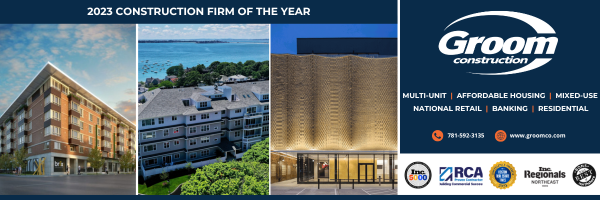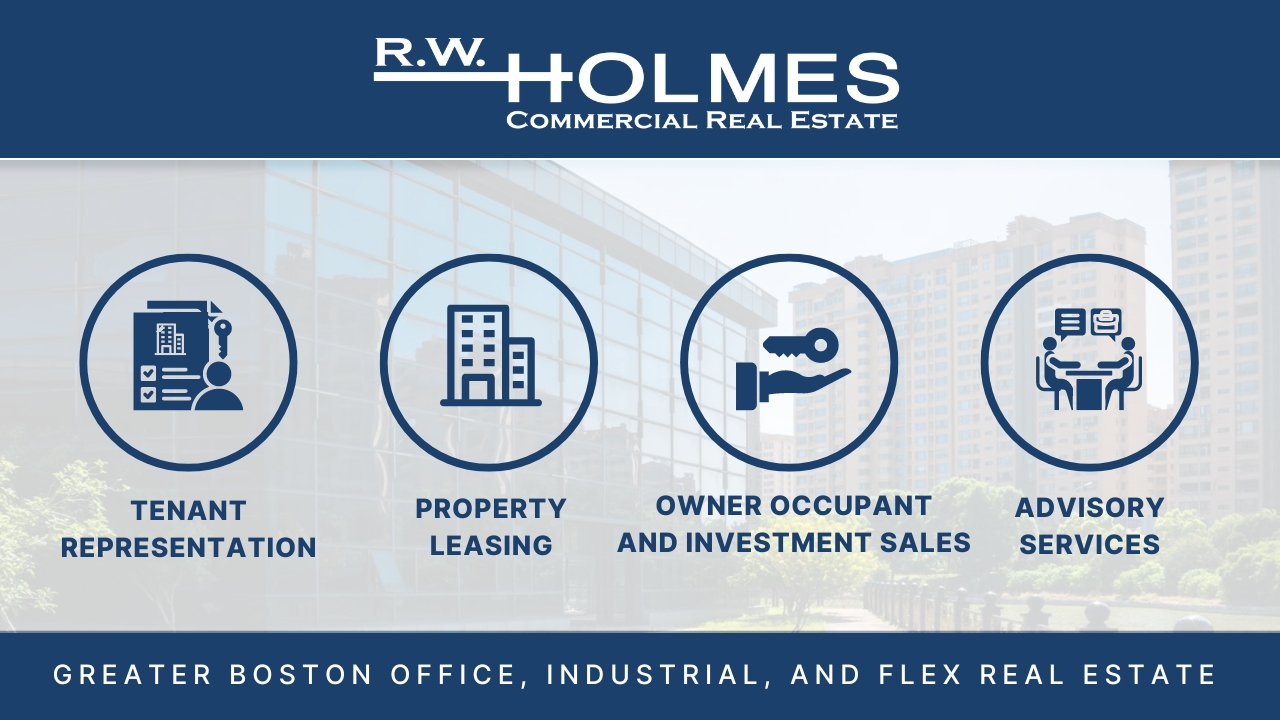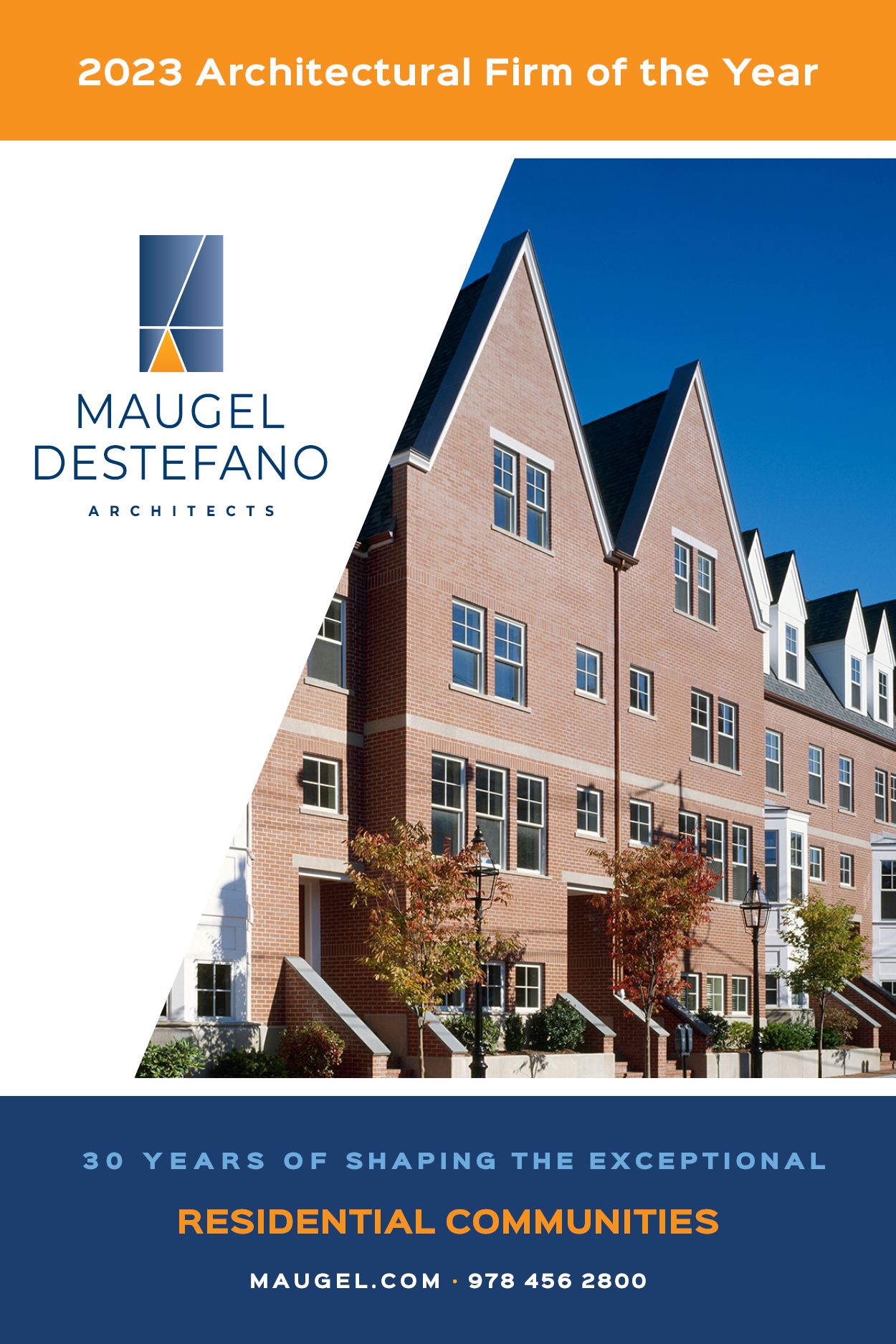PORTSMOUTH, NH—(Editor’s note: Maugel DeStefano Architects is continually finding new ways to integrate their clients’ needs and desires into their homes: from outdoor living spaces, to sustainable designs and everything in between. Here is a Q&A on the latest residential design trends with Mark Pelletier AIA, Principal at Maugel DeStefano Architects and Britni Rotunda AIA, Residential Studio Lead.)

BOSTON REAL ESTATE TIMES: What trends have Maugel DeStefano Architects been seeing in residential design lately?
Britni Rotunda: The past few years have changed how we live in our homes. Before the pandemic, home offices, outdoor oases, and expandable living weren’t things that our clients often asked for. But the pandemic changed how we function in, and think about, our homes and now these items are much more of a priority for many people. In addition to the pandemic, we’ve seen a lot of impact on our coastline from climate change, so we have more and more people asking for homes that feature sustainable elements and/or elements that help protect against coastal flooding.

BRET: What about the quality of life and lifestyle amenities in new homes?
Mark Pelletier: So much of this comes down to listening to and learning our clients. When someone hires an architect who specializes in custom homes, it’s because they want a home that reflects who they are, their needs, and their lifestyle. For one client, that might mean creating an indoor-outdoor entertainment space with a kitchen, and for others who are planning to age-in-place, that could mean designing a closet that stacks on all floors for a future elevator, and others that could mean integrating Smart Home technology.
BRET: What is “Smart Home technology”?
MP: We are seeing some spectacular advances in the dynamic landscape of smart home
technology. For example, automated shades have emerged as a seamless blend of
functionality and aesthetic appeal. Imagine a world where your shades gracefully retract
into a discreet wall cavity, seamlessly integrating into the architectural design with one
simple voice command. To achieve this level of sophistication, it becomes imperative to
consider these automated solutions early in the design process because, as designers,
we need to figure out how to hide these elements within the walls before the wallboard
and finishes are installed. By integrating these creative solutions from the start, homeowners can not only enjoy the convenience of smart living, but also enjoy a space
where cutting-edge technology becomes an integral part of the overall design that virtually disappears.
BRET: Do you have a lot of clients asking for outdoor living space with our cold New England winters?
MP: Yes. In New England, where most people wonder why they live here for eight months
out of the year, we value our warm months tremendously. We realize that the quality of time spent in the home’s outdoor spaces is just as important, if not more important, as the
quantity of time spent inside. We’re constantly designing attractive exterior spaces, which
we like to call “outdoor oases.” These aren’t just spaces where people go down a set of
back stairs to a patio, these spaces flow from the interior of the home through expansive
door systems to the exterior. At our lakefront properties, this often includes a transition
space, such as a screened porch or four-season room with operable walls, that transforms
into an outdoor space.
Once outside, there’s this whole outdoor environment: it could be a patio with a fireplace,
an outdoor kitchen, or a swimming pool with a pool house – the possibilities are endless.
BRET: Can you describe what your four-season rooms are like in more detail?
BR: These are beautiful, multifunctional spaces with a variety of amenities. They could
have fireplaces with seating areas, bars, game spaces, you name it. It is how New England
influences indoor/outdoor living spaces. These spaces are really fun for us to design!
Recently, we’ve been pushing the envelope and designing rooms that the walls completely
disappear on the interior and exterior of the home and when you’re standing in the home you have unobstructed views through the house to the water.
BRET: What about interior spaces such as bathrooms?
MP: Historically, bathrooms weren’t as grand as what we’re seeing now. They were
secondary, utilitarian even. Even if you were designing these large homes, they were a
secondary part of the living space. Now, we have clients requesting glamorous, luxurious
spa spaces that they can escape to. It’s where they want to start their day and where they
go to relax at the end of the day.
Recently we’ve been designing elements in bathrooms like heated walls in the shower so
that it’s not cold if you bump up against them and steam showers with aromatherapy. We’re always thinking about little details like a niche or ledge in the shower so that when a
woman is shaving her legs, she doesn’t have to be balancing on one leg.
BRET: How have homes changed due to the pandemic?
BR: The pandemic changed how people view their homes. People had to spend so much
more time in their homes than ever before, and it really got them thinking about what their
homes were lacking. Office space was, and continues to be, the number one requested
item. Just like the new flexible work environment, the spaces can be flexible too. This could
mean we are designing a nook where a guest can set up and work for the day, or, for the
homeowner, it could be a full-blown office with TV’s, whiteboards, etc.
The nook concept bleeds into other areas of the home, too. For example, say you have a
home that is meant to expand to accommodate your extended family. It is great when there are a lot of people around, but what do you do when there are only two people at home? This is when we start designing cozier spaces for when it’s just two people and smaller spaces that guests can retreat to as well.
BRET: You mentioned that you’re seeing an increase in clients requesting sustainable design elements. Can you elaborate?
BR: There are so many different programs, certifications, or terms these days that are used to achieve a higher-performing house. Not all our clients know exactly what they want or desire to necessarily receive something like a Net Zero certification, but they do know that they want to move toward a more sustainable home. Our job is to educate our clients about the pros and cons of the different ways to get there and to do so in a way that is responsible to the environment.
BRET: How has sustainable design evolved over the years for residential construction?
BR: When I first got into the residential architecture sector, the prevailing thought was that
you could only have a house that was 1,200 square feet, might have a handful of windows,
and it would look ugly. That is not the case anymore. We recently designed a net zero home here in Portsmouth, NH. It is a modern, fresh design that isn’t just 1,200 square feet. We were able to design a very aesthetically pleasing house with lots of amenities and a very modern, comfortable feel and still achieve the high performance that is demanded by not only ourselves, but also our clients.
In addition to home energy consumption, we are also starting to think a lot about our
carbon footprint, not just for the homes that we design but also as a company.
BRET: How is climate change impacting the design of coastal homes?
BR: In a big way. The recent two storms we had here on the Seacoast have affected the
waterfront, the streets, and the buildings along the seacoast. Events like these are forcing
us to incorporate elements into our design that help protect our clients’ homes when these
events happen. The storms caused some structures to get incredibly damaged because
the stone wall on the water let go, and many places were flooded and damaged by the
debris of the wall. This raises serious questions about current zoning requirements, the
FEMA laws, and the constructability within the flood zone.
BRET: What is Maugel DeStefano Architects’ experience with designing coastal homes?
MP: Maugel DeStefano Architects has been designing coastal homes for more than 30
years. Over that time, we have also cultivated great relationships with consultants in the
area. This is very important when working with challenging sites (i.e. homes in a flood plain, historic districts, steep slopes, etc.) and can save our clients a lot of time and money, not only in design, but in approvals and construction as well.
We currently have a home under construction off Ocean Boulevard, in Rye, NH, and we were pleased to visit the site and see how well it and the home held up. Of course, this was
by design, but it is always nice to see the hours of hard work in action.
























